Understanding Your HSA/FSA
How HSA/FSA accounts are set up, who manages them, and what you can (and can’t) put in each year
1. Quick refresher: HSA vs. FSA
HSA (Health Savings Account) | Health FSA (Flexible Spending Account) | |
|---|---|---|
Who’s eligible? | Anyone enrolled in a high-deductible health plan (HDHP) | Anyone whose employer offers an FSA (no HDHP required) |
Tax advantages | Triple-tax free: pre-tax contributions, tax-free growth, tax-free withdrawals for qualified expenses | Pre-tax contributions, tax-free withdrawals for qualified expenses |
Funds roll over? | Yes—the balance is yours forever and can be invested | Generally use-it-or-lose-it (employer may allow a small rollover or grace period) |
Can you keep it after leaving your job? | Yes | Usually ends when you leave your employer |
2. Who actually holds your money? Meet the administrators
Most people’s HSA or FSA lives inside a portal run by an administrator or “custodian” chosen by their employer. A few of the big players you might see on your debit card or portal login:
Administrator | Learn more |
|---|---|
Navia | |
HSA Bank |
Good to know: Your employer may auto-open the account and handle payroll deductions for you.
If you change jobs, you can usually roll an HSA to a new custodian; FSAs, however, typically end when employment ends.
3. 2025 contribution limits (IRS)
Individual | Family | Catch-up (55+) | |
|---|---|---|---|
HSA | $4,300 | $8,550 | + $1,000 |
Health FSA | — | $3,300 max election |
Limits usually adjust each calendar year—always check the latest IRS notice if you’re planning ahead.
4. How the money actually gets in (and out)
Payroll deductions – the most common route. Your employer withholds pre-tax dollars each pay period and sends them straight to the administrator.
Direct deposits – for HSAs only, you can top-up from your bank (still tax-deductible, just less convenient).
Spending – most admins issue a debit card. Swipe it directly at checkout or submit a claim online with a receipt.
Investing your HSA – once your cash balance hits the admin’s threshold (often $1,000–$2,000), you can move the extra into mutual funds or ETFs tax-free.
5. Unlocking Extra Eligibility — How the Letter of Medical Necessity (LMN) Works 🩺
Automatically eligible (no LMN required) | Potentially eligible — requires an LMN |
|---|---|
• Bandages, adhesive strips, gauze | • Gym or fitness memberships |
Why the extra step?
The IRS automatically green-lights expenses that diagnose, treat, or ease a medical condition for most people. For anything that could be “general wellness,” you need a doctor’s note—the LMN—affirming that the item treats, mitigates, or prevents a specific disease or condition (e.g., “obesity,” “type 2 diabetes,” “hypertension”). Once that statement exists, the expense becomes HSA/FSA-qualified for the individual named on the LMN.
Compliance reminder: An LMN must be issued before or at the time of purchase, renewed annually (unless your plan states otherwise), and kept on file along with the receipt in case your administrator or the IRS asks for proof.
How TrueMed helps
We streamline the process by:
Matching you with a licensed clinician who can review your health goals and decide whether an LMN is appropriate.
Issuing a signed LMN in minutes if you qualify—ready to download, save, and submit to your administrator.
Guiding you through claims so the paperwork actually passes muster.
6. Frequently-asked questions
Q: I already maxed my 401(k). Should I fund my HSA next?
A: Often yes—the HSA is the only account with triple-tax benefits and no required distributions.
Q: My administrator shows a “limited-purpose FSA.” What’s that?
A: It’s an FSA restricted to dental & vision expenses—commonly paired with an HSA so you can double-dip on tax savings.
Q: Can I keep my FSA if I leave my job?
A: Usually no. You’ll need to spend the balance or forfeit it unless your employer offers optional COBRA coverage for the FSA (rare).
Q: Do I need receipts?
A: Keep every receipt for at least three years. Your administrator or the IRS can request proof that a purchase was eligible—especially if it was justified by an LMN.
7. Takeaways
Know your admin – that’s where your card, portal, and statements live.
Use payroll deductions to save on income and FICA taxes.
HSAs roll over and can be invested; FSAs mostly do not—plan your election carefully.
If a purchase treats or prevents a diagnosed condition, ask your doctor for an LMN and keep it on file.
Still have questions? Search our Help Center or email support@truemed.com—we’re here to help you make the most of every pre-tax dollar.
